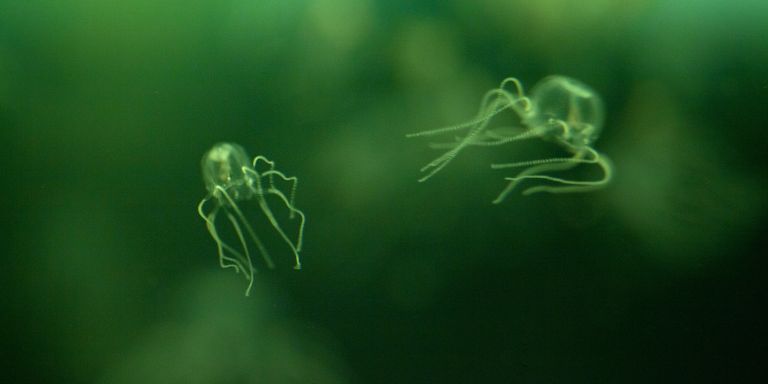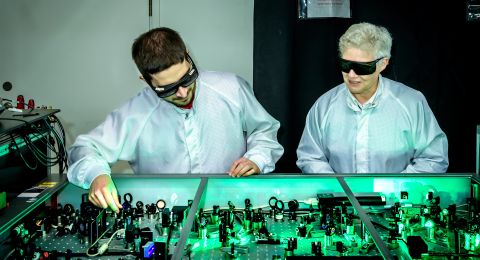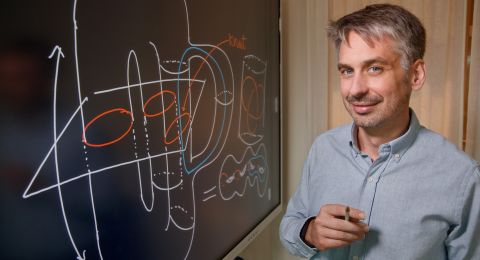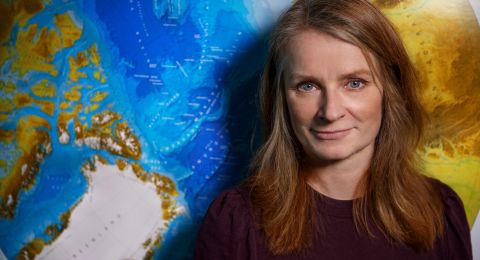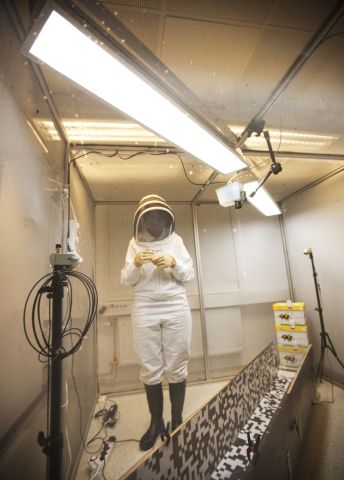
Project Grants 2011
Ultimate Vision
Principal investigator:
Dan-Eric Nilsson, professor of zoology
Co-investigators:
Almut Kelber
Eric Warrant
Marie Dacke
Ronald Kröger
Karl Åström
Institution:
Lund University
Grant in SEK:
34.9 million over five years
The eye is like a machine. It consists pretty much of pure optics and electronics, but with biological packaging, and in various animal groups it has been adapted and optimized for millions of years through evolution. But now scientists want to find out how the eye works and what factors limit the seeing acuity and visual perception of various animals. Dan-Eric Nilsson, a professor of zoology at Lund University, is directing the project, which is funded by the Knut and Alice Wallenberg Foundation.
“Currently we have a rather splintered picture. We know about bits and pieces here and there, but with this major grant we can focus on overarching questions and, with the help of various animal groups, we can get a broad grasp of the general principles that determine the ability to see.”
From jellyfish to humans
Studies are being conducted both in the wild and in the lab, targeting a number of different animal groups, including jellyfish, squid, fish, insects, and birds. Some thirty researchers are involved, including biologists, physicists, and mathematicians. The goal is to understand the limits that determine how good the visual sense can be at various tasks.
“We know that animals’ eyes outperform their technological counterparts in most ways. It’s this superiority we want to understand,” says Dan-Eric Nilsson.
Dan-Eric Nilsson describes five subprojects. In a more theoretical part the research is designed to lead to an overarching system for calculating the flow of information in various types of eyes. In four more experimental parts, the scientists will be studying the behavior and functions of eyes.
“Among other things, we’re studying birds and testing the limits of color vision. Birds have brilliant color vision, but poor night vision. It’s often a compromise between different features of seeing. Black-and-white vision would have yielded more image information, but the capacity is not sufficient for both.”

Stars guide insects
Visual functions in extremely faint light are being studied in nocturnal insects. There are insects in the tropics that fly only when the stars are out. The light also very faintly penetrates the dense foliage of the jungle.
“These insects nevertheless manage to make tiny nests in hollow sticks, for example. They do so with eyes that are much smaller than human eyes and more simply constructed, but they work anyway. But we still have no explanation for how it all works.”
In experimental settings in the laboratory, the researchers can lower the light intensity even further, and they can place electrodes in the eye and measure its reactions. It turns out that that light intensity is crucial for the insects’ behavior, and that the visual system has been optimally adapted in the wild to enable them to survive.
But how does the human visual system compare with those of animals? “Not many animals can outperform the human eye when it comes to sharpness of vision,” says Dan-Eric Nilsson.
“Evolution didn’t develop our visual acuity so we can drive a car or play computer games, but it has been necessary for other things. Originally we needed good sight to make complicated tools, for example, something that other mammals are not able to do.”
But humans have also lost abilities in the course of evolution. Our eyes were probably tuned for night vision in prehistoric times. Small mammals are often nocturnally active and have retained this facility.
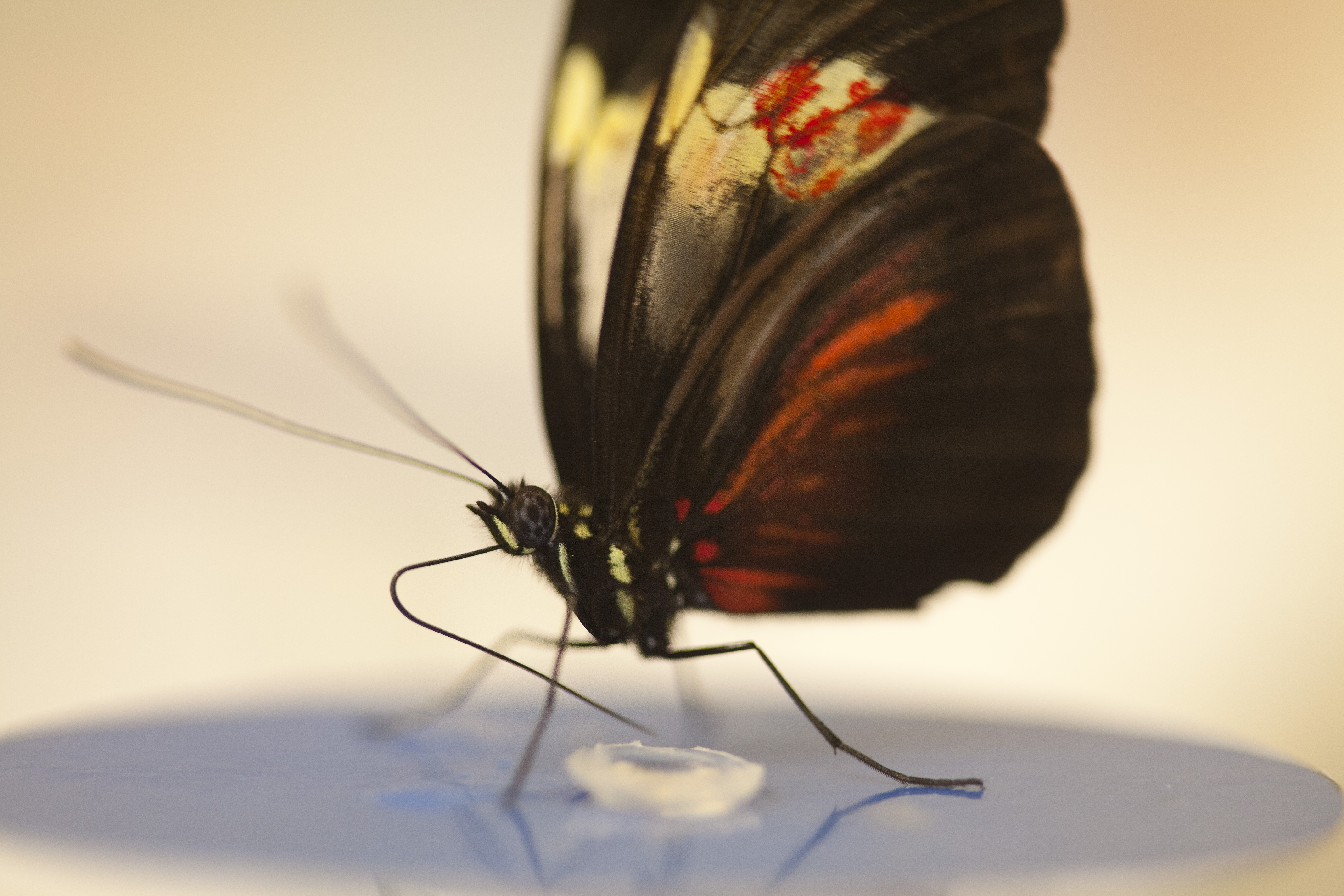
New technological solutions
The research project has no links to eye diseases, but it may pave the way for new technological solutions.
“You miss so many exciting possibilities if your research is too narrowly focused. We want to figure out how everything functions first of all, and any applications will come as an extra bonus. But we already know that we have a lot to learn from animal eyes for technological applications,” says Dan-Eric Nilsson.
The researchers already have a night vision patent, which has been developed in collaboration with Toyota. The idea is for the car itself to detect a danger, such as a deer jumping onto the road in the dark, and automatically apply the brakes. The research can also be of importance in robotics and for improving computer screens and camera optics.
“Animals’ visual systems are much, much more economical, efficient, and smaller than today’s cameras, which are unwieldy and use a great deal of energy,” says Dan-Eric Nilsson. “We believe that the industry will be getting a lot of new ideas by mimicking biological systems, selecting the best principles, and devising technical applications in the future. At the same time we will have a better understanding of animals’ eyes and nervous systems.”
Text Nils Johan Tjärnlund
Translation Donald S. MacQueen
Photo Magnus Bergström
